
Crab, scrab, bitter gall, gribble, sour-grabs, scarb, scrogg.” Not the relief fire brigade team from Trumpton, but county names for the crab apple, courtesy of Geoffrey Grigson’s The Englishman’s Flora. Such a list indicates a fruit that has enjoyed a long association with man or, at least, Englishmen.
In fact, being a plant of temperate climes, it is likely to have been an early coloniser of Britain once the ice had receded, and evidence of its early use exists in the form of pip marks on Bronze Age pottery. I wonder what those ancient people would have thought of the infinitely superior russet…
With no such comparison to make, they were probably content enough with the flavour, and certainly with the enormous number of crab apples produced by a well-appointed tree — 500 easily. Corrupted as we are by our often sugary diet, crab apples are sour things indeed. They are also hard, small and with little flesh left once the tough skin, pips and ‘toenails’ are negotiated. Few people collect them and it is easy to see why.
The crab apple, Malus sylvestris, is not the ancestral form of the cultivated apple, M domestica. The latter is a development of M sieversii, a species from central Asia. However, Malus species hybridise recklessly and crab apple gene sequences have been discovered in the cultivated apple, so it is not clear-cut.
Distinguishing the two species is not always easy. Examined through a lens, M domestica can be seen to possess fine, downy hair (pubescent) on the underside of its leaves and on its petioles (leaf stems) while M sylvestris is smooth (glabrous). The latter may also have spines.
هذه القصة مأخوذة من طبعة August 19, 2020 من Shooting Times & Country.
ابدأ النسخة التجريبية المجانية من Magzter GOLD لمدة 7 أيام للوصول إلى آلاف القصص المتميزة المنسقة وأكثر من 9,000 مجلة وصحيفة.
بالفعل مشترك ? تسجيل الدخول
هذه القصة مأخوذة من طبعة August 19, 2020 من Shooting Times & Country.
ابدأ النسخة التجريبية المجانية من Magzter GOLD لمدة 7 أيام للوصول إلى آلاف القصص المتميزة المنسقة وأكثر من 9,000 مجلة وصحيفة.
بالفعل مشترك? تسجيل الدخول
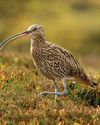
United we stand
Following United Utilities' decision to end grouse shooting on its land, Lindsay Waddell asks what will happen if we ignore our vital moors
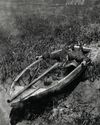
Serious matters
An old gamebook prompts a contemplation on punt-gunning
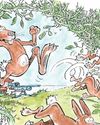
They're not always as easy as they seem
While coneys of the furry variety don't pose a problem for Blue Zulu, he's left frustrated once again by bolting bunnies of the clay sort
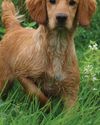
Debutant gundogs
There's lots to think about when it comes to making the decision about when to introduce your dog to shooting
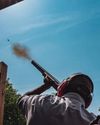
When the going gets rough
Al Gabriel returns to the West London Shooting School to brush up on his rough shooting technique
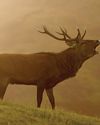
The Field Guide To British Deer - BDS 60th Anniversary Edition
In this excerpt from the 60th anniversary edition of the BDS's Field Guide To British Deer, Charles Smith-Jones considers the noise they make
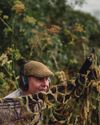
A step too far?
Simon Garnham wonders whether a new dog, a new gun and two different fields in need of protection might have been asking too much for one afternoon's work
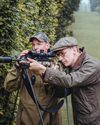
Two bucks before breakfast
A journey from old South London to rural Hertfordshire to stalk muntjac suggests that the two aren't as far detached as they might seem
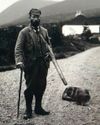
Stalking Diary
Stalkers can be a sentimental bunch, and they often carry a huge attachment to their hill
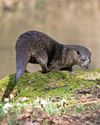
Gamekeeper
Alan Edwards believes unique, private experiences can help keepers become more competent and passionate custodians of the countryside